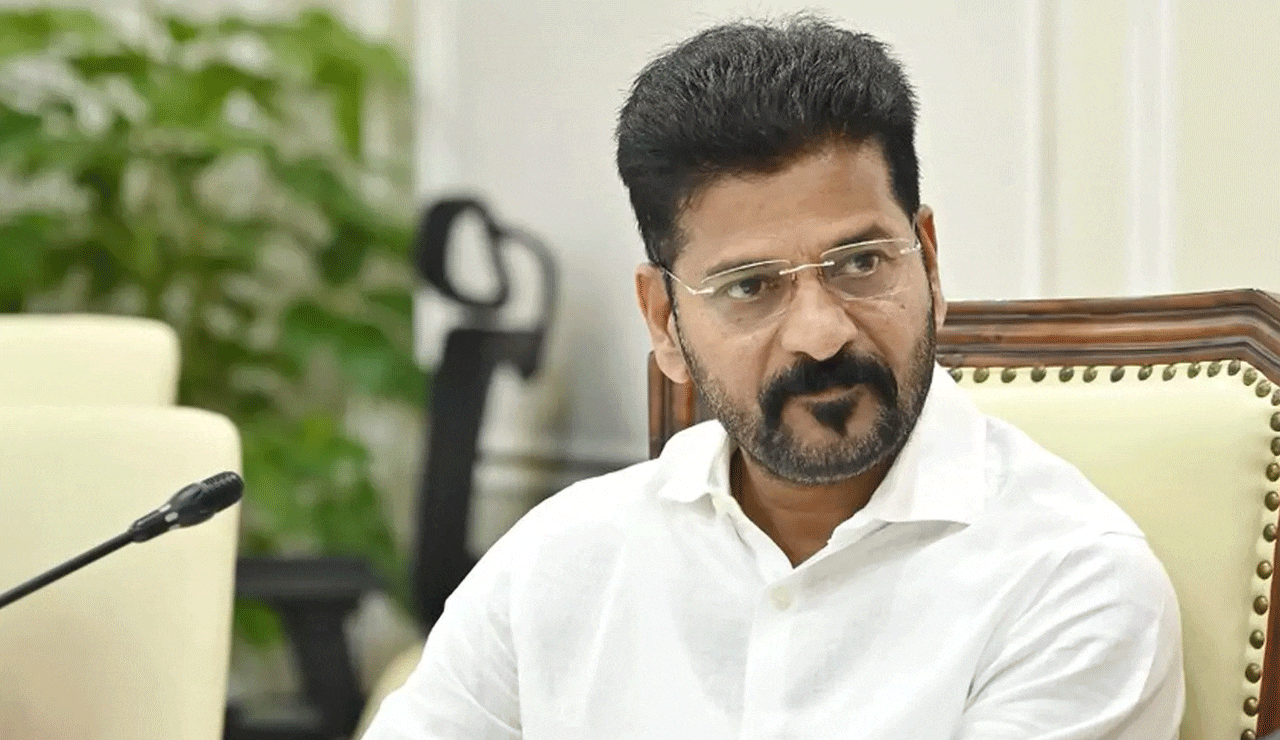Can Tech Solve Climate Change?
Mon 14 Dec 2015, 13:05:32

All eyes were on Paris for the at the 2015 U.N. Climate Change Conference. But what if solving the global climate crisis is less about political willpower and of technical knowhow?
Peter Thiel declared the cleantech sector — solar panels, wind turbines, and more — a “disaster” in 2011. But today, the solar industryemploys 174,000 people, more than Google, Apple, Facebook and Twitter combined, and job growth is 20 times higher than the rest of the U.S. economy.
That includes the company I co-founded, UtilityAPI, which gets data out of utilities and into the hands of companies that can use it, such as solar, energy storage, and energy management companies.
Two major hurdles remain to be jumped — market size and the role of federal incentives.
Let’s look at each in turn.
Is the market big enough?
Yes.
The energy sector, worth trillions of dollars, is the second-largest economic sector in the world, behind the military. The solar industry alone is expected to be at $3.7 trillion by 2025.
Here’s why: We need to reduce carbon emission to avoid climate disaster (keep the global temperature from increasing over 2 degrees Celsius). If we don’t, the seas will rise to swallow the coasts and our food systems will break down. We can either consume the same amount of energy and generate energy with lower emissions, or we can use less energy to do the things we do. Cleantech software is doing in two ways: 1) increasing zero-carbon energy sources and 2) optimizing energy usage.
Software allows solar installers to put panels on roofs more quickly and cheaply. For example, Energy Toolbase, Sighten, and Google’s Project Sunroof use solar irradiance maps to qualify a home for solar, then they can put together a proposal using satellite images and energy usage data from the home or building. Financing platforms, like Mosaic, makes solar more affordable for more people.
Optimizing energy usage is like Fitbit for energy usage. App stores don’t have energy apps because the data is locked away in hundreds of different formats. There is even a startup accelerator, Powerhouse, devoted to solar software tools.
So how do these macro trends play out in Silicon Valley? Some progress has been made, but it’s not enough.
Sometimes it helps to talk about the grid like this: The grid is being disrupted like telecom was 40 years ago. Telecom used to be copper wire and corded phones. Now we all have cell phones in our pockets. The same thing is happening in electricity. We’re going from a centralized coal plant in the middle of nowhere, with power lines running to the city, to every building generating electricity with solar panels or Tesla batteriesand consumers having control over the electricity they use.All eyes were on Paris for the at the 2015 U.N. Climate Change Conference. But what if solving the global climate crisis is less about political willpower and of technical knowhow?
Peter Thiel declared the cleantech sector — solar panels, wind turbines, and more — a “disaster” in 2011. But today, the solar industryemploys 174,000 people, more than Google, Apple, Facebook and Twitter combined, and job growth is 20 times higher than the rest of the U.S. economy.
That includes the company I co-founded, UtilityAPI, which gets data out of utilities and into the hands of companies that can use it, such as solar, energy storage, and energy management companies.
Two major hurdles remain to be jumped — market size and the role of federal incentives.
Let’s look at each in turn.
Is the market big enough?
Yes.
The energy sector, worth trillions of dollars, is the second-largest economic sector in the world, behind the military. The solar industry alone is expected to be at $3.7 trillion by 2025.
Here’s why: We need to reduce carbon emission to avoid climate disaster (keep the global temperature from increasing over 2 degrees Celsius). If we don’t, the seas will rise to swallow the coasts and our food systems will break down. We can either consume the same amount of energy and generate energy with lower emissions, or we can use less energy to do the things we
do. Cleantech software is doing in two ways: 1) increasing zero-carbon energy sources and 2) optimizing energy usage.
do. Cleantech software is doing in two ways: 1) increasing zero-carbon energy sources and 2) optimizing energy usage.
Software allows solar installers to put panels on roofs more quickly and cheaply. For example, Energy Toolbase, Sighten, and Google’s Project Sunroof use solar irradiance maps to qualify a home for solar, then they can put together a proposal using satellite images and energy usage data from the home or building. Financing platforms, like Mosaic, makes solar more affordable for more people.
Optimizing energy usage is like Fitbit for energy usage. App stores don’t have energy apps because the data is locked away in hundreds of different formats. There is even a startup accelerator, Powerhouse, devoted to solar software tools.
So how do these macro trends play out in Silicon Valley? Some progress has been made, but it’s not enough.
Sometimes it helps to talk about the grid like this: The grid is being disrupted like telecom was 40 years ago. Telecom used to be copper wire and corded phones. Now we all have cell phones in our pockets. The same thing is happening in electricity. We’re going from a centralized coal plant in the middle of nowhere, with power lines running to the city, to every building generating electricity with solar panels or Tesla batteriesand consumers having control over the electricity they use.
Nest and Tesla are only the beginning. These are some companies taking on electricity:
Ohmconnect – Offers weekly payments for reducing electricity usage one hour per week.
Geli – Sells software to improve the efficiency of industrial batteries.
Energy Toolbase – Sells a solar panel installation optimization toolkit for consumers.
Chai Energy – Offers a fitbit for your electricity consumption with hardware and software.
Clean Energy Collective – Develops remote solar energy installations to offset home energy use.
GridCure – Sells software to optimize grid infrastructure
Isn’t solar subsidized and uneconomical
No. It’s cheaper to get electricity from solar panels on your roof than to buy electricity from the grid.
In all but four of the 50 cities, solar is a better investment than the stock market. Adoption of renewable energy technologies has increased despite the powers of entrenched fossil fuel interests.
Fossil fuels receive over four times as much money in subsidies than renewable energy.
G20 members are spending $452 billion a year subsidising fossil fuel production – nearly four times global spending on renewable energy subsidies – despite pledging to phase out fossil fuel support to tackle climate change.
The International Energy Agency found that fossil fuels are reaping $550 billion a year in subsidies and holding back investment in cleaner forms of energy, the said. Oil, coal and gas received more than four times the $120 billion paid out in incentives for renewables including wind, solar and biofuels.
“The huge subsidies fossil fuels enjoy worldwide gives incentives to their consumption, which means that I’m paying you to pollute the world and use energy inefficiently,” Fatih Birol, chief economist at the International Energy Agency.
DBL Investors, a venture firm based in San Francisco, have tracked the subsidies. In their report “What Would Jefferson Do?” they show that historical subsidies for fossils and nuclear is far and above what we’ve put towards cleantech.
Making the argument that early years are essential to long-term industry success, we have under-funded renewable energy. And historically, fossil fuels have received still much greater overall than renewable energy.
How to get involved
Interested and want some non-dilutive funding? Solve problems for the electricity sector and the U.S. Department of Energy will give you funding. They had $45M last year to invest and they only deployed $30M of funding. UtilityAPI received $763k of it. There is another $30M of funding for this round.
No Comments For This Post, Be first to write a Comment.
Most viewed from Specials
Most viewed from World
AIMIM News
Latest Urdu News
Most Viewed
May 26, 2020
Do you think Canada-India relations will improve under New PM Mark Carney?
Latest Videos View All
Like Us
Home
About Us
Advertise With Us
All Polls
Epaper Archives
Privacy Policy
Contact Us
Download Etemaad App
© 2025 Etemaad Daily News, All Rights Reserved.













.jpg)
.jpg)
.jpg)
.jpg)
.jpg)
.jpg)
.jpg)
.jpg)
.jpg)




















